Durability remains a critical performance property for materials used in the building and construction industries. Still, many are looking for ways to achieve longevity while also reducing costs and expediting the building process. Material composition plays a crucial role in finding this balance, with latex binder systems being essential for achieving success in Exterior Insulation and Finish Systems and stucco applications.
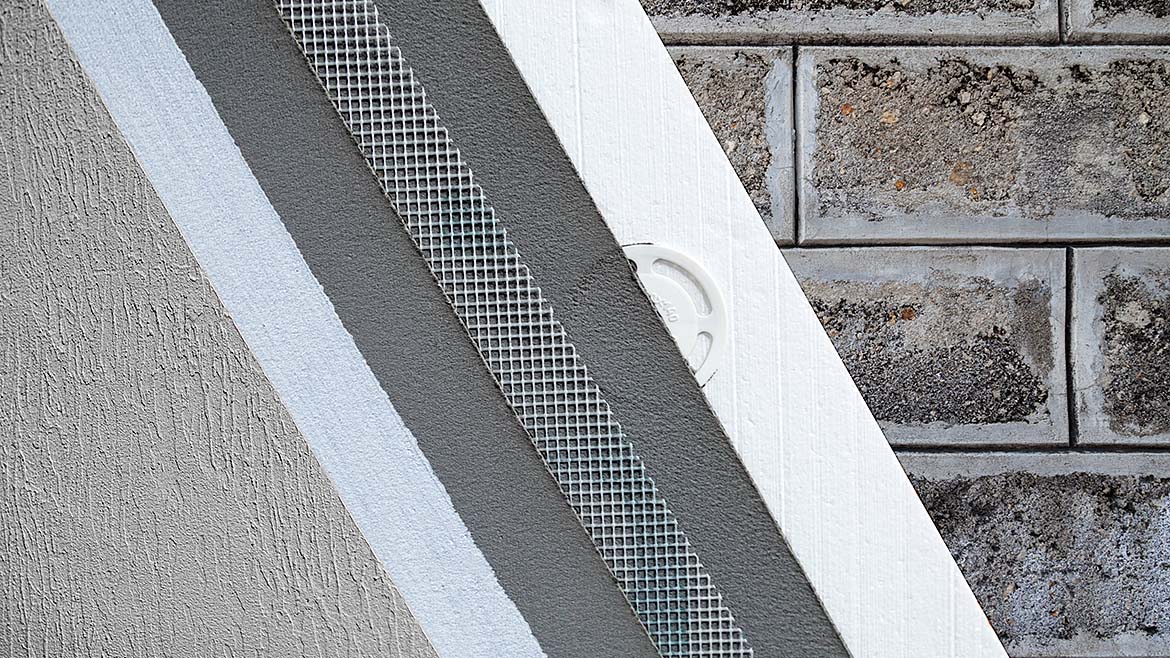
EIFS Applications
Latex binders are used in liquid-applied membranes to help improve their performance within larger EIF systems. Multiple latex binder chemistries are used throughout the many layers of EIFS to enhance performance properties while also improving the application’s longevity.
LAMs containing styrene butadiene latex binders are often used in such membranes, leveraging the excellent adhesion and water management properties of the SB binder to help the walls “breathe.” They help regulate the water vapor transmission rate through the EIF system, allowing proper moisture vapor transmission. This unique combination allows the LAM to regulate a building’s moisture transmission as a critical function of the EIFS installation. Proper moisture management is essential, as it reduces the number of repairs and replacements needed to a building over time and prevents the structure from deteriorating.
Furthermore, SB binders enable thinner layers of LAMs to be applied, allowing the application to dry faster without impacting performance and improving efficiency. A thinner membrane also reduces the amount of material needed within the application, helping to reduce costs and improve material usage.
LAMs containing latex binders also improve a building’s energy efficiency. These emulsions can be found in the adhesives used to connect the EIFS to the substrate. Here, latex binders provide complete coverage, as they act as one continuous layer to prevent water and air from traveling through voids, in turn improving the building’s overall energy efficiency.
EIFS applications may also include an all-acrylic latex binder for the outer barrier coating within LAMs. This layer is part of the stucco or cementitious system and can enhance that layer’s durability. AA binders feature exceptional ultraviolet resistance, making them ideal for use on exterior walls to help prevent discoloration. LAMs containing AA binders also improve flexural and compressive strength when used within EIFS applications. These performance properties help prevent the application from cracking under pressure.
By combining both SB and AA latex binder chemistries into one application, the building and construction industries can effectively reduce costs and improve efficiency without sacrificing performance.
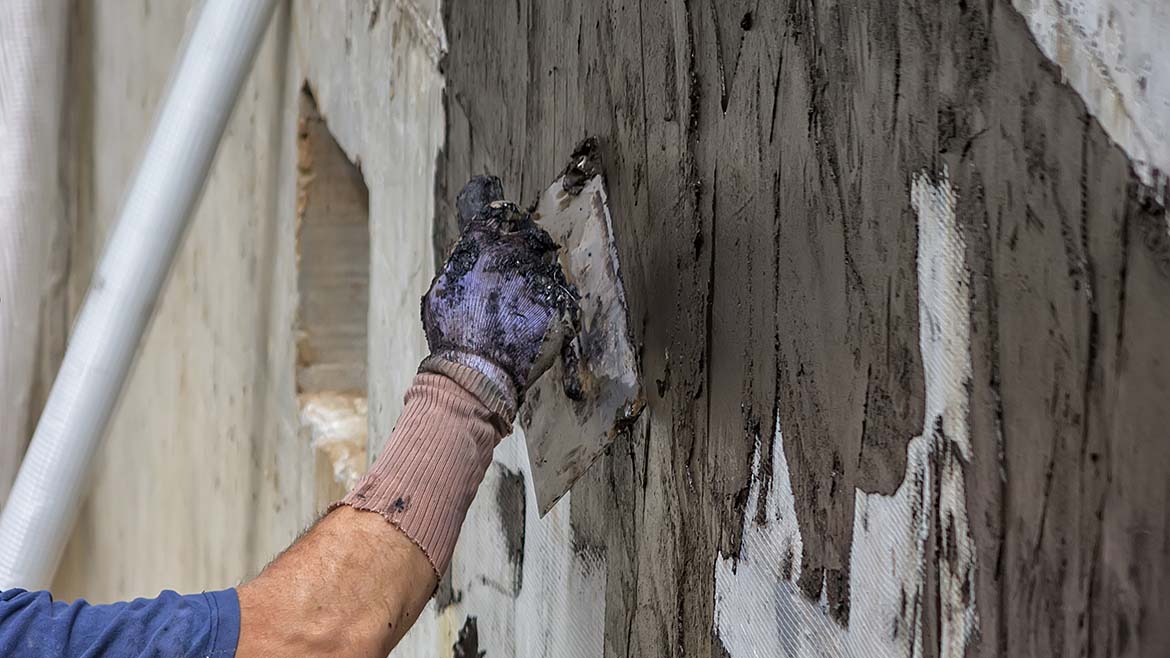
Stucco Applications
Latex binders also play a vital role in stucco applications, as they impart much-needed performance properties to these cementitious systems. Most often found on buildings’ exteriors, stucco must withstand harsh weather conditions over many years. AA binders can offer long-term durability, reducing the costs that traditionally come with continued building maintenance.
When used in stucco applications, AA emulsions deliver high flexural strength and allow the stucco to resist deformation when placed under pressure or movement in the structure. AA binders also impart stucco with improved compressive strength, ensuring the application can withstand significant stress loads. Stucco applications also require high levels of ultra-violent resistance, as they would otherwise be prone to discoloration. Similar to their performance in the outer layers of EIFS, AA binders allow the stucco to resist degradation when exposed to UV rays—a characteristic especially critical for an exterior location—and reduce the need for re-application.
Moreover, AA binders make stucco applications more water-resistant. Traditional stucco absorbs water and can crack as it begins to dry out. Stucco containing latex binders works to repel water through an interconnected matrix within the cementitious system, resulting in lower maintenance costs and longer durability. Additionally, latex binders can be formulated to be compatible with other cement additives, making the application process more efficient and potentially less costly.
Acrylic products are critical to offering long-term durability for stucco, increasing the quality of applications within the building and construction industries. This ability can pave the way for more sustainable construction while decreasing the time and costs of continued upkeep.
The building and construction industries rely on latex binders to provide critical performance properties for varying functions, and their unique ability to improve the longevity of an application can assist with cost and maintenance reduction. Improved applications not only enhance the efficiency of an industry but can also begin to set the stage for more sustainable construction. The science behind latex binders will only continue to advance, opening the potential to further improve EIFS and stucco applications without compromising performance.



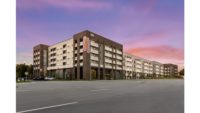
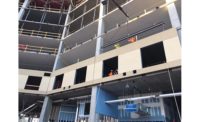
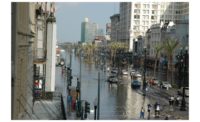
Report Abusive Comment